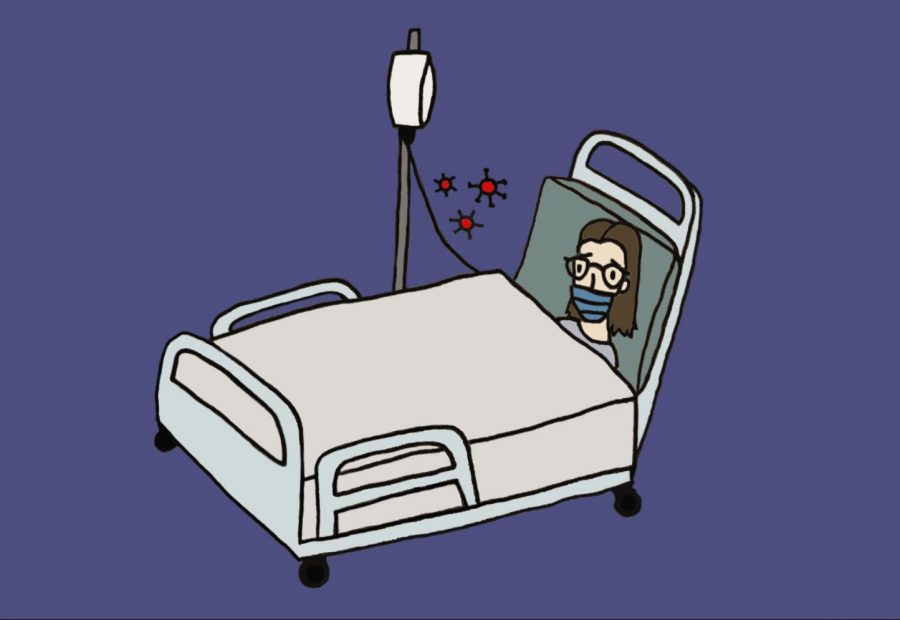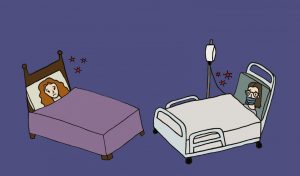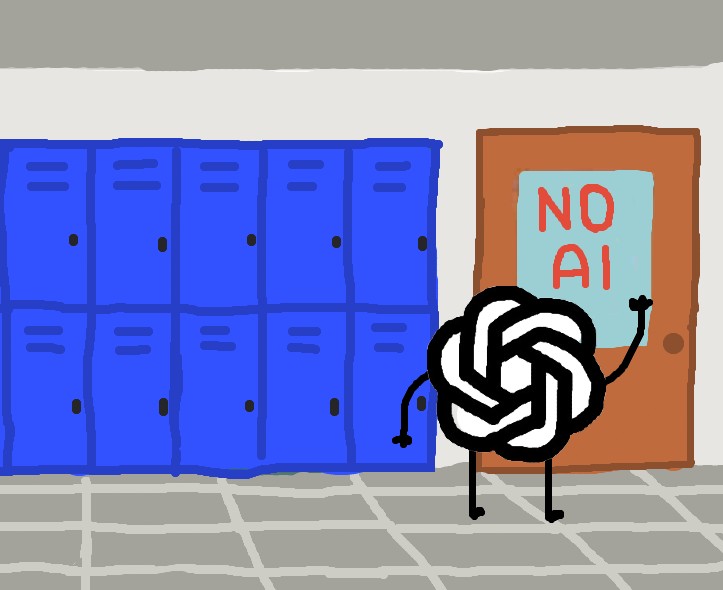COVID-19 case triggers inflammation of organs
I didn’t suffer the direct symptoms of the virus. Far worse, the virus triggered a life-threatening inflammation of multiple organs in my body.
March 15, 2021
It was late May 2020, when I noticed that my taste wasn’t right. Soon after, I began throwing up and my fingers turned red. I developed a fever, and I hardly had any energy. On the fourth day of being sick, I told my mom to take me to the hospital. When I got there, I was immediately taken to intensive care. My body wasn’t absorbing nutrients from food, and my gut was in bad shape. I was given intravenous therapy, so I wouldn’t die, and I had blood drawn for testing.
What I had was COVID-related Multisystem Inflammatory Syndrome in Children (MIS-C). I had been infected with the virus that causes COVID-19, which inflamed many of my organs, causing my symptoms. I did not, however, exhibit symptoms of the original virus.
Because I wasn’t absorbing nutrients from food, I was in extremely bad shape. The more important sustenance was given to me through IVs, while others were given to me once I could consume. One potassium solution tasted so bad that I opted to have it through an IV, despite it causing a slight burning sensation. It was common for me to have two IVs at the same time, and eventually I was given a a peripherally inserted central catheter, or PICC line.
A PICC line is essentially a larger IV with a long tube that goes through a major artery to the heart, allowing for medicine to be delivered to the body quicker as well as being able to draw blood better. At one point, I was taking in enough medication to make me feel cold, despite having a fever of 104 degrees.
Eventually though, I was able to drink water without throwing it up. Soon after, I was able to eat soup. As I started feeling better, I was able to stand up.
But even that was a challenge. I spent about a week recovering in the hospital, where I spent most of my time watching Avatar: The Last Airbender on Netflix or sleeping. The day I left, I had to be wheeled out in a wheelchair because I had become almost too weak to walk after spending so much time in the hospital bed. About a week after I left, I returned for a checkup. During that checkup it was discovered that my gut hadn’t been the only organ to be inflamed, my heart was too.
This discovery was potentially worse than my previously identified symptoms because when a heart swells, especially in the places mine did, it creates an area where the blood slows down and may clump up. This meant that I was at a big risk of a clot blocking blood flow somewhere in my body. If a clot formed and traveled to my heart, I would have a heart attack. If one went to my brain, I would have a stroke. If one made it to a limb, it would have to be amputated.
Immediately, I was put on blood thinning medication as well as steroids to return my heart to its normal size.
At first, my parents were wary of the medication, due to its connection with mood changes, but it was the best option I had. I was allowed to go home that day, but I had to make frequent returns for blood tests, heart ultrasounds, an echo scan, a CT heart scan, a catheter scan and eventually an MRI. It took weeks, but my heart returned to as close to normal as it could get.
As of now, I am doing physically better. I have returned to living as normal a life as can be in the pandemic. My heart will be a bit weaker, but not enough to cause major problems. In the most recent test, the MRI, the results showed that there were no abnormalities. I still take aspirin daily, and I still have small scars on my upper right arm and leg from the PICC line and catheter scan, though the dots from blood tests and IVs have faded.















Clarissa Castro • Apr 7, 2021 at 5:52 pm
I hope you’re still doing well! I hate that you had to go through that but I really appreciated reading your story. I think you have a really strong writing voice and you were able to tell this with the perfect amount of emotion!